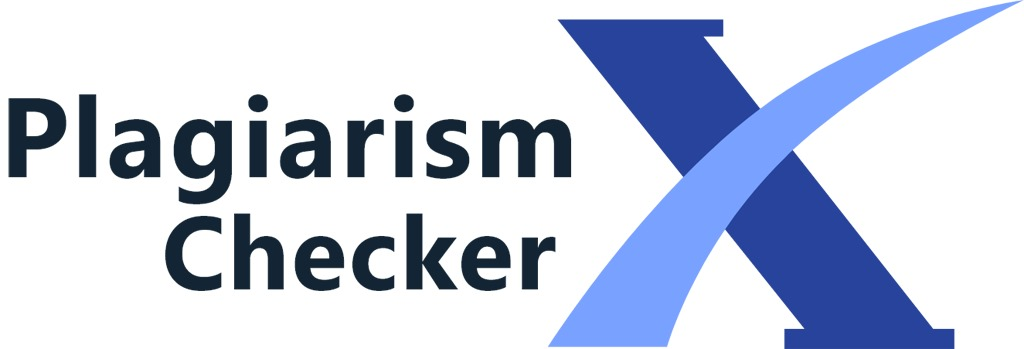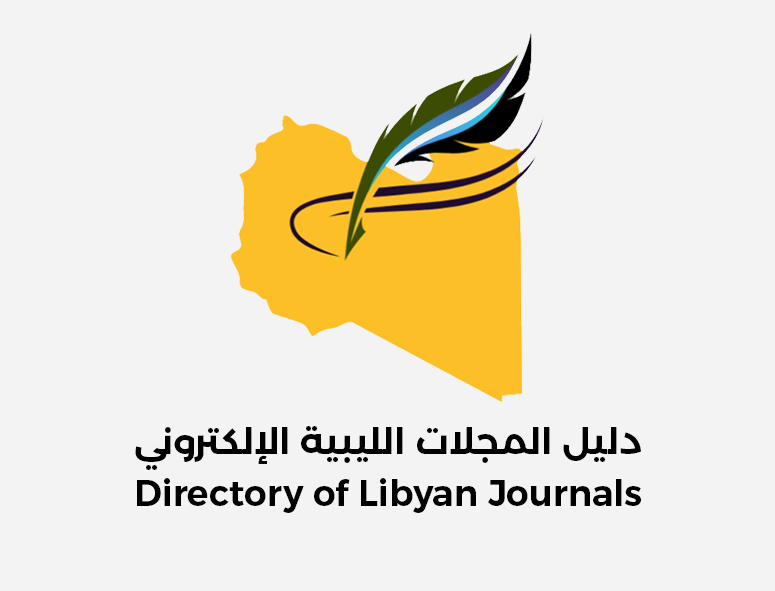Radiation Protection and Cancer Awareness Among Medical Students, Faculty Members, and Health Workers in Western Libya
DOI:
https://doi.org/10.26629/uzjms.2025.05Keywords:
Radiation Protection, Awareness, Knowledge, Medical Students, Healthcare Workers.Abstract
Background: Radiation plays a critical role in cancer diagnosis and treatment. However, inadequate knowledge of radiation
protection among healthcare workers and students can lead to unnecessary exposure and associated health risks. This
study aimed to assess the knowledge and awareness of cancer risks and radiation protection among medical students,
faculty members, and healthcare workers in Western Libya.
Materials and Method: A cross-sectional study was conducted among university medical students and faculty members/
healthcare workers in western Libya from December 2024 till March 2025. A structured questionnaire was used to evaluate
participants' knowledge, attitudes, and perceptions of cancer and radiation protection. Data were analyzed using SPSS, Chisquare
tests used to assess associations between demographic characteristics and knowledge levels.
Results: The study included 98 participants, most were students (58.2%) and female (76.5%). While (94.9%) agreed that
radiation exposure can cause cancer, only (16.3%) had received formal training in radiation protection. Skin cancer (66.3%)
and thyroid cancer (30.6%) were the most commonly recognized radiation-associated cancers. Significant gender
differences were found in recognizing thyroid cancer as radiation-related (p = 0.041), and in knowledge of radiation sources
such as X-rays (p < 0.001) and nuclear plants (p = 0.006). Gender was also significantly associated with knowledge of
ALARA principles (p = 0.039) and protective equipment like lead aprons (p < 0.001). In terms of occupation, staff and
employees were significantly more likely than students to identify genetic factors (p = 0.024) and environmental pollution (p =
0.006) as cancer risks. They also reported significantly more frequent cancer screening (p < 0.001). Occupation was further
associated with better knowledge of X-rays (p = 0.034) and nuclear plants (p = 0.004) as radiation sources, and greater
agreement on the necessity of protection during diagnostic imaging (p = 0.036).
Conclusion: There is a significant gap in knowledge regarding radiation protection among Libyan medical students, faculty
and health sciences workers. Targeted educational interventions and structured training programs are necessary to improve
awareness and ensure adherence to radiation safety protocols.












